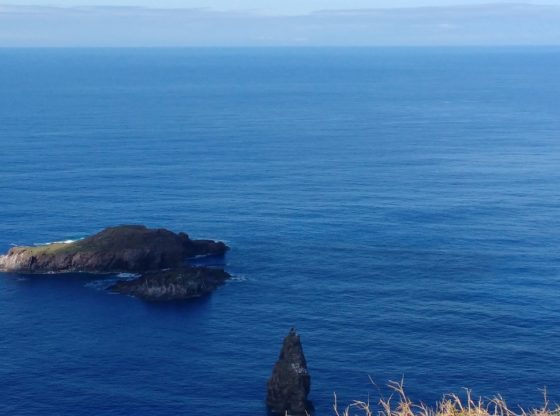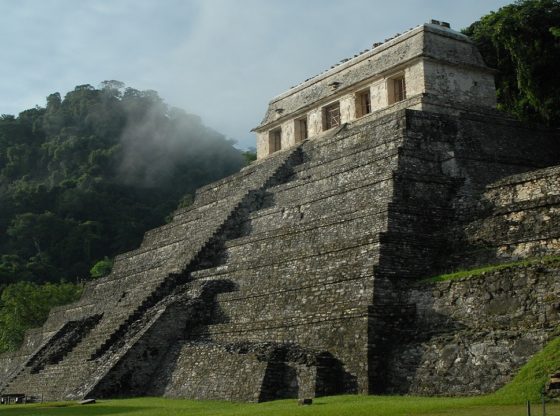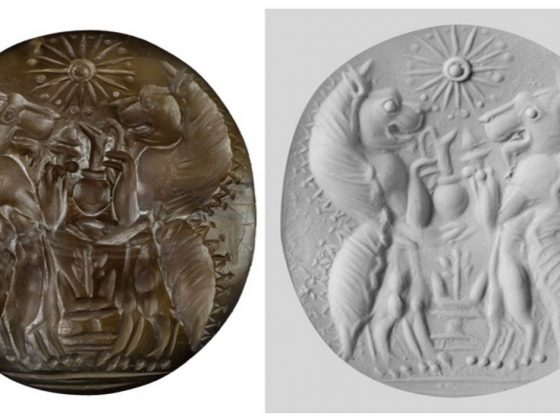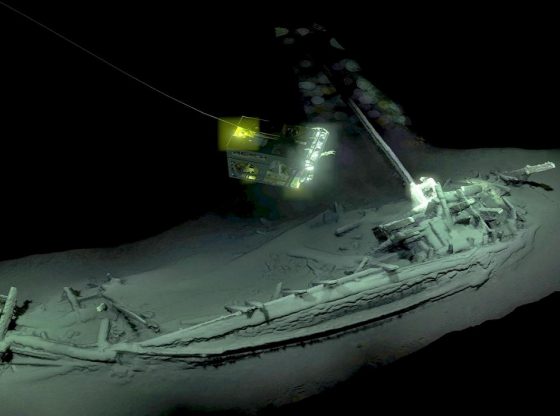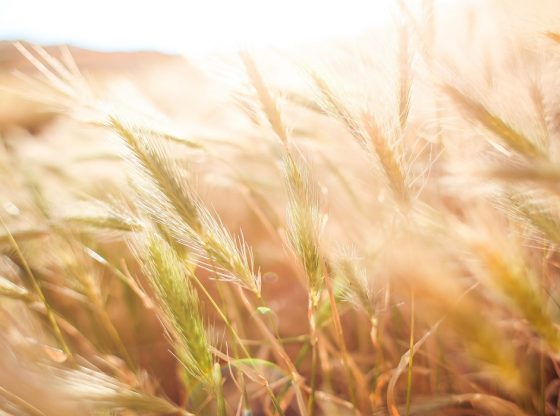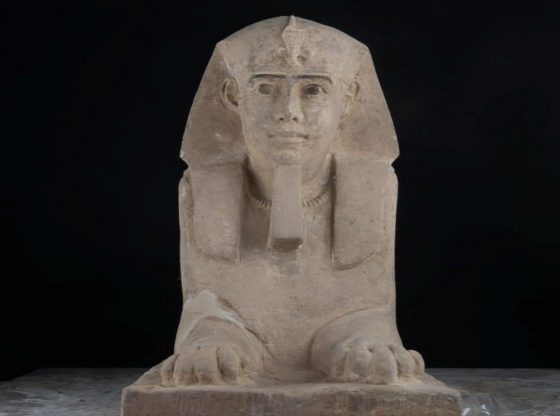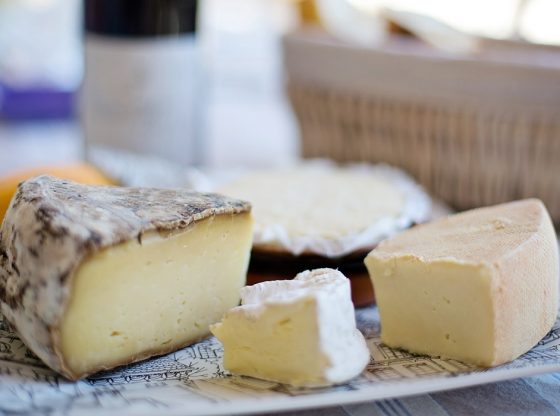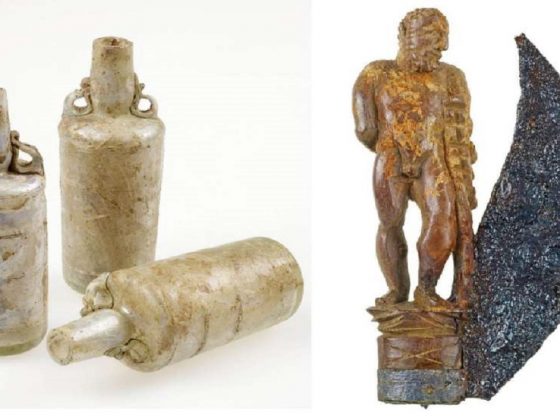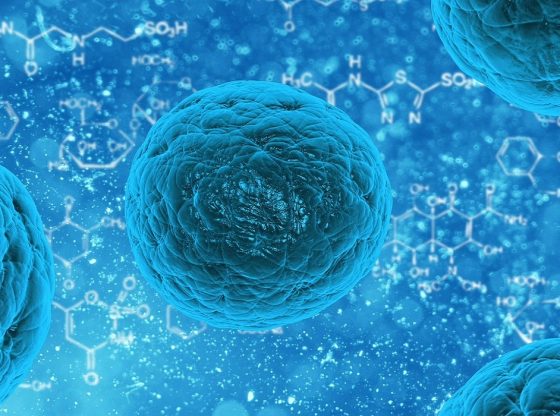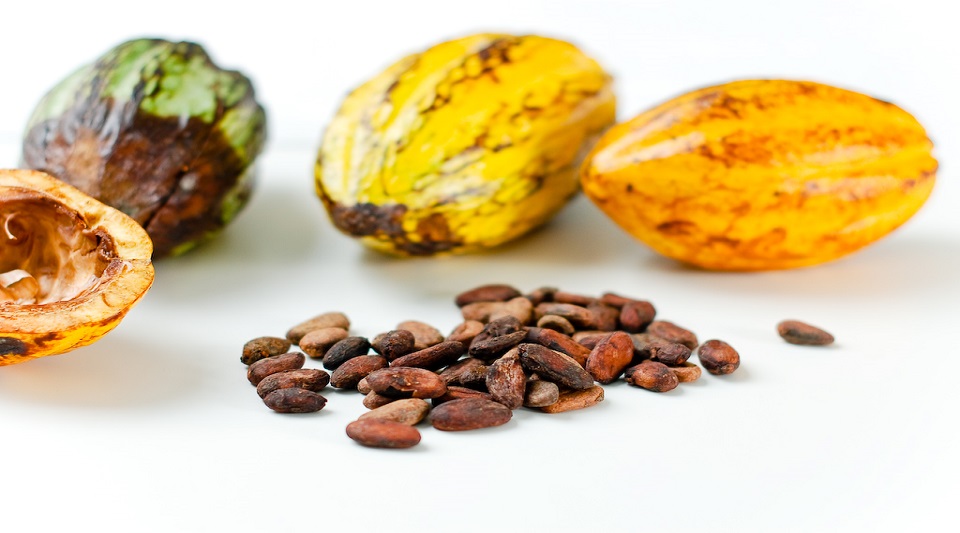
American archaeologists from Cornell University in New York have discovered a prehistoric clay jug from around 1150 BCE. And within this jug, they found traces of theobromine, a caffeine-like substance found in the cocoa plants.
The fragmented clay mug was uncovered in the 90s already, during archaeological excavations near Puerto Escondido in Honduras.
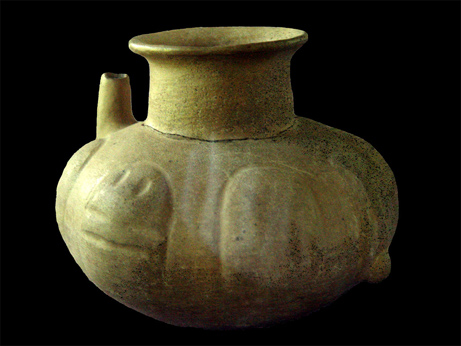
The theobromine is clear evidence of the presence of cocoa. Therefore the American archaeologists believe that humans probably enjoyed a cup of hot chocolate around 3,000 years ago.
The custom of consuming cocoa is thus about 500 years older than previously believed.
The chocolate consumed back then is however not really the chocolate we are used to, though. It was prepared differently than today. Chocolate was made of the cocoa plants fruits and not of the cocoa beans. The fruits were then fermented and therefore contained up to five percent alcohol.
“It was beer with a high kick,” said study author Rosemary Joyce, an anthropologist at University of California, Berkeley. “But it would not have tasted anything like the chocolate we have today.”
Hit the link below for more info.
_______________
Cacao Craving May Explain 3000-Year Occupation Of Honduran Village
_____________________________________________

